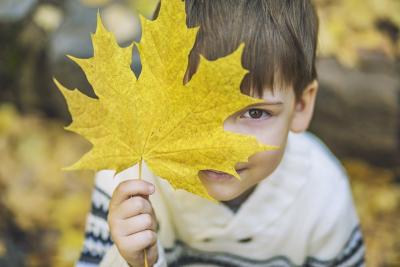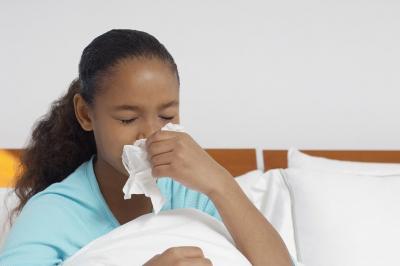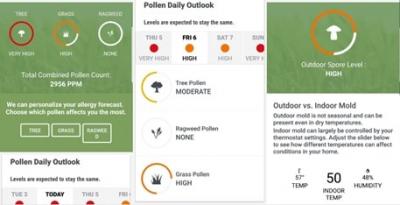Fall Allergy Prevention and Tips for Every Family
By Diane Scull, Asthma Educator/Care Coordinator at Annapolis Pediatrics
We all love Fall!
The beautiful colors of bright orange, yellow, red and brown. The pumpkin patches and apple picking trips with our families, warm apple cider, hay rides, and corn mazes, going camping, and making s’mores over a fire pit…

Unfortunately, millions of people in the U.S. suffer from fall allergies. So, while some of us are dressed in our boots, infinity scarves, and sweaters, with a warm pumpkin spice latte, some of us are sneezing, dealing with runny noses, watery eyes, and a cough that will not go away…

If you are like me, your immune system has built up some mast cells that release histamine and other chemicals when you are exposed to certain elements in the environment. When we are outside enjoying all the fun things, we are inhaling air through our noses and mouths. Some of our immune systems react to what is in the air and we have an inflammation response–either in our noses (allergic rhinitis) or our lower airways (asthma). Yes, these fall allergens in the air can trigger asthma. The lower airways become swollen and produce mucus and the muscles around the airways constrict. This causes coughing, wheezing, shortness in breath and chest tightness. Scary stuff, right?
Allergens are in the air starting in the late summer and early fall and are present until the first frost. Mold spores are one of the big fall allergens. Molds live in dark, moist environments and love leaves, dry corn mazes, hay, pumpkin patches, compost and soil.
Ragweed is the most common allergen for most of us. It grows along roads and in open fields. Did you know that one plant can produce more than a billion grains of pollen per plant? Other weeds and grasses are also wind-pollinated and usually produce large amounts of pollen in late summer and early fall.
Here are some of the ways that you can prevent responses from fall allergens:
- Keep your car and house windows closed.
- After taking children to the pumpkin patch, hay ride or sitting outside at a fire pit, make sure that they take a shower and wash all the pollen, mold spores, and smoke out of their hair. If you are unable to get everyone bathed right away, at least have them put on fresh clothes and wash up in a sink.
- Keep the yard raked and free of leaves laying moist on the ground. If children are going to be helping with yard work, have them wear masks or gloves. Always have them wash up directly afterwards.
- Clean out house gutters before and during the leaf fall.
- Watch the weather reports or download an app to know when to stay indoors on high pollen days. We recommend Pollen.com’s Allergy Alert, AllergyCast by Zyrtec, Weather Channel, powered by Flonase, or the Accuweather app.

There many ways to pre-plan by taking allergy medications two weeks before the start of fall; however most of us wait until the summer has ended and the pumpkins have been out to make any adjustments.
If you notice that your children are suddenly having any of the symptoms mentioned above, make an appointment with your primary care physician to create a plan to give them some relief from their allergies. Annapolis Pediatrics offers many services, including Certified Asthma Educators who work closely with patients to determine care plans to best treat and monitor asthma.
Enjoy your fall, don’t sniffle through it. We are here for you if you need anything.
Article originally published at Chesapeake Family Life.
